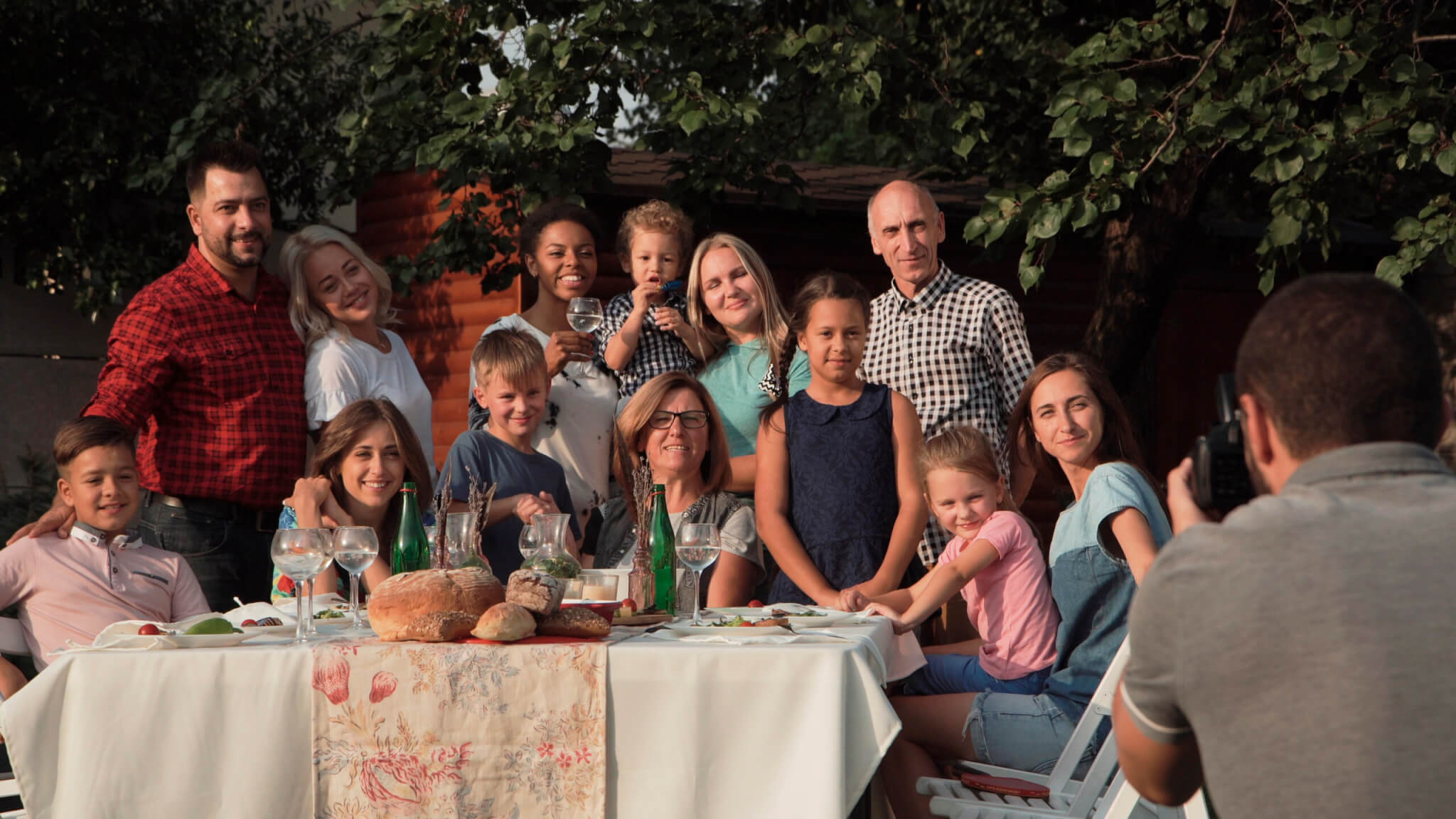ROSTOCK, Germany — Families are getting smaller and will continue to shrink for years to come. A new study is revealing a significant transformation in family dynamics, projecting a steep decline in the number of relatives each person will have in the near future. This shift, according to researchers in Germany, will also alter the structure of families, leading to fewer younger relatives like cousins, nieces, nephews, and grandchildren, while the number of older relatives like grandparents and great-grandparents is set to rise significantly.
An international team of researchers conducted a study to forecast the evolution of human kinship relationships worldwide. They focused on understanding how demographic changes would affect family structures and sizes.
“We asked ourselves how demographic change will affect the ‘endowment’ of kinship in the future,” says study author Diego Alburez-Gutierrez, head of the Research Group Kinship Inequalities at the Max Planck Institute for Demographic Research (MPIDR), in a media release. “What was the size, structure, and age distribution of families in the past, and how will they evolve in the future?”

The study analyzed historical and projected data from the United Nations’ World Population Prospects 2022 revision.
“We use mathematical models to represent the relationship between a person, their ancestors, and their descendants in a given time period. The model provides average age and sex distributions for different types of kinship for each calendar year,” notes Alburez-Gutierrez.
The findings highlight a global trend of shrinking family sizes. In 1950, a 65-year-old woman had, on average, 41 living relatives. By 2095, this number is expected to drop to just 25. The decline is more pronounced in some regions than others. For instance, in South America and the Caribbean, the average number of living relatives for a woman of the same age is projected to plummet from 56 in 1950 to 18.3 by 2095, a 67-percent decrease.
“We expect the overall size of families to decline permanently in all regions of the world,” Alburez-Gutierrez says.

This decrease in family size is critical in the context of an aging population. Smaller families mean fewer younger relatives to provide care for the older generation.
“As the age gap between individuals and their relatives widens, people will have family networks that are not just smaller, but also older,” Alburez-Gutierrez continues. “Consider the case of grandparents and great-grandparents, who are expected to be in greater supply in the future. While this could theoretically help ease the burden of childcare for parents, these (great-)grandparents may actually need care themselves.”
Alburez-Gutierrez emphasizes the importance of these findings for future policymaking.
“These seismic shifts in family structure will bring about important societal challenges that policymakers in the global North and South should consider,” says Alburez-Gutierrez.
The study is published in the journal Proceedings of the National Academy of Sciences.
You might also be interested in:
- Scientists discover rare genetic disorder affecting families worldwide
- Never seeing family or friends can lead to an early death
- Family tree stumped: Most Americans can’t name all 4 of their grandparents!
